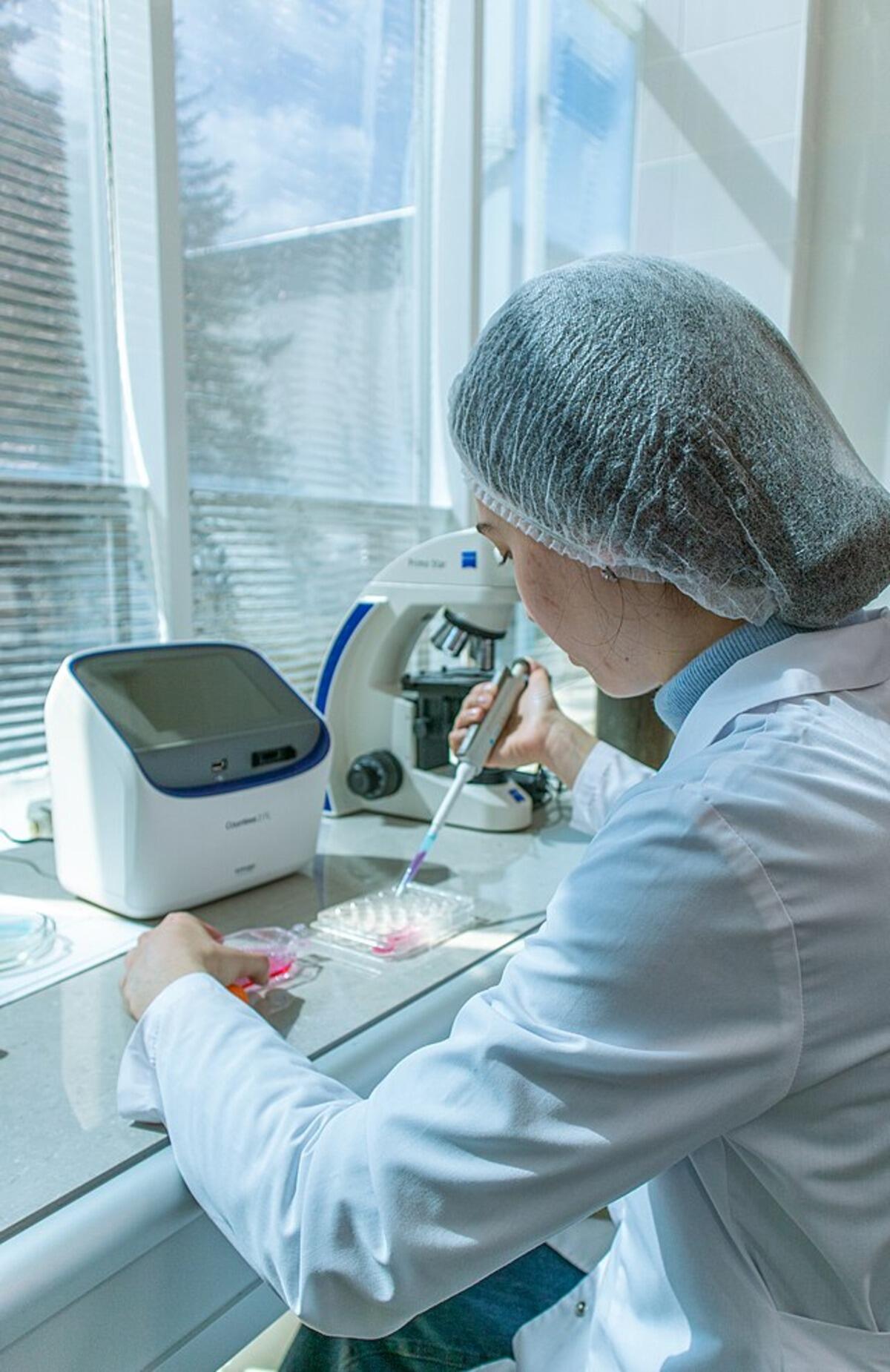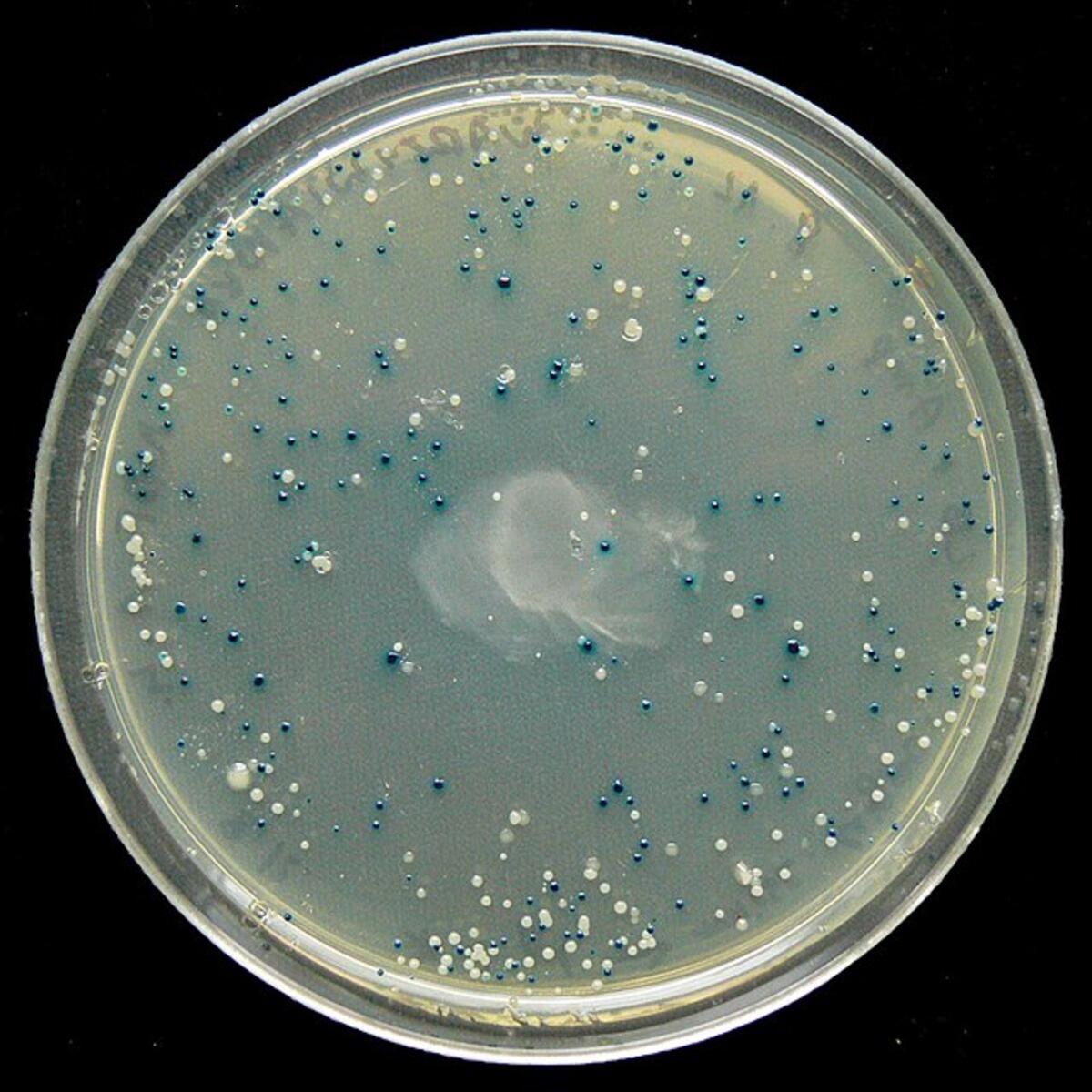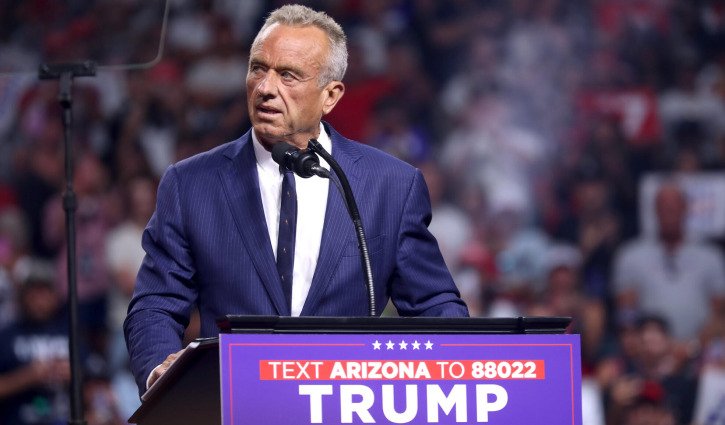Their products may have saved millions of lives during the COVID-19 pandemic but questions have been asked about whether some biopharmaceutical (biopharma) companies will need to be rescued by the new United States Government.
Investors and analysts are wondering about the outlook for vaccine manufacturers like Moderna (NASDAQ: MRNA), Pfizer (NYSE: PFE) and Novavax (NASDAQ: NVAX), with Donald Trump as President and Robert F. Kennedy (RFK) Junior as Secretary of Health and Human Services.
Their share prices have weakened in the wake of Trump's landslide victory, in the case of Moderna by 37% (as at the close of trading on 13 February), shaving almost US$17 billion (A$27 billion) off their combined market values.
Moderna has faced a range of challenges including reduced demand for COVID-19 vaccines, which plagues them all due to widespread immunity to the virus, but also dramatically lower revenue in 2025 compared with 2024.
The shares plunged last month to their lowest level in almost five years after the company slashed its revenue forecast and as questions were raised about its growth outlook as demand for COVID-related products fell.
Policy uncertainty
Goldman Sachs said investors were looking for more clarity about the role of Kennedy, a vaccine sceptic and conspiracy theorist, whose appointment has been confirmed by the Senate.
Kennedy has also expressed concerns about the health risks and the costs of the widespread use of glucagon-like peptide 1 (GLP-1) medications to treat diabetes and weight loss, like Novo Nordisk’s (CPH: NOVO-B) Ozempic, and the influence of pharmaceutical companies in promoting these drugs.
Analysts have also questioned the outlook for agencies like the Federal Food and Drug Administration (FDA), given that Trump wants to reform the U.S. government through deregulation to improve efficiency and business conditions.
“Following the election, headlines that suggest a potential role for RFK Jr. in a Trump Administration lead to uncertainty regarding the outlook for various agencies, and from a drug product standpoint, for GLP1s (costs) and vaccines,” Goldman Sachs said in a research note.
The investment bank said it expected continued and potentially increased volatility in the therapeutics space over the near-term, pending greater policy clarity from the incoming Trump administration.
Goldman Sachs planned to closely watch commentary regarding potential policy initiatives through the confirmation process given the volatility Kennedy's nomination caused, particularly for vaccine stocks.

Increase in M&A
Goldman Sachs was optimistic about the potential for biopharma sector mergers and acquisitions (M&A) in 2025 after subdued activity in 2024 given:
- End-of-decade losses-of-exclusivity (described as a “cliff”) continue to weigh on large-cap biopharma stocks' growth outlooks and valuations
- Potential buyers have more than $500 billion in aggregate acquisition capacity,
- Increasing clarity from a Federal Trade Commission (FTC) perspective.
M&A is a constant dynamic in the biopharma industry as large companies facing dwindling sales of high-profile drugs try to diversify their revenue base through acquisitions rather than face the cost and risk of developing new drugs.
Goldman Sachs said investors were focused on the potential for less regulation and more M&A, because Trump had nominated free-market lawyer Andrew Ferguson as the chair of the FTC, which protects consumers and promotes competition.
This was a theme adopted by other industry analysts including professional and consulting services firms KPMG, PWC and McKinsey.
KPMG said a change in FTC leadership, in particular, could be positive for the industry, including how it regulates industry M&A.
An early indicator would be how it manages the new Hart-Scott-Rodino (HSR) rules requiring companies to disclose internal documents such as diligence and investment thesis materials supporting acquisition rationale.
“If the new FTC and Department of Justice leadership roll back elements of the HSR reform, then it will be a positive sign for M&A,” the professional services firm said in its KPMG 2025 Health & Life Sciences Investment Outlook.
The new administration’s support for the Inflation Reduction Act (IRA), which includes provisions to cut health costs, would face an early test as the next round of Medicare drug price negotiations were due in February 2025.
“If uncertainty eases as 2025 progresses, the pace of dealmaking could pick up,” KPMG said.
PWC said portfolio gaps, supply chain uncertainty, changes in policy direction and other fundamental factors were expected to drive M&A by health industries companies in 2025.
“We believe a stronger US and European deal market, spurred by improving macroeconomic factors and the expectation of lighter US regulation, will lead to accelerated deal values and volumes over the next year,” Global Health Industries Deals Leader Christian Moldt said in the 2025 Outlook Global M&A Trends in Health Industries.
He also said he expected large pharma companies to make acquisitions over the next few years to fill portfolio gaps as they faced a significant drop in revenue over the next few years due to imminent “patent cliffs”.
The Deloitte US Center for Health Solutions said the biopharma industry was facing a substantial loss of exclusivity, with more than US$300 billion in sales at risk until 2030 due to expiring patents on high-revenue products.

Digital transformation
A key focus area for the life sciences industry is digital transformation, driven by advancements in cloud computing, generative AI (artificial intelligence) and other digital technologies, according to the Center.
“It could reduce costs in research and development, streamline back-office operations, enhance self-service capabilities for customers across digital channels, and boost individual productivity by embedding gen AI into existing workflows,” the Center said.
In its 2025 Outlook, Global M&A Trends in Health Industries article PWC said healthcare services companies would continue to acquire digital assets or technology companies, including the exploration of AI-enabled services, to deliver a cost-effective and high standard of care.
McKinsey said it had estimated the opportunity for generative AI in biopharmaceutical operations at $4 billion to $7 billion annually through workload and cost reductions, productivity gains, improvements to equipment effectiveness, and quality enhancements.
“Many biopharma organisations now have sophisticated operations and are moving to use gen AI to take advantage of their data repositories. However, only a few organisations have started to realise value from it,” the global consulting firm said in its Gen AI: A game changer for biopharma operations article.



